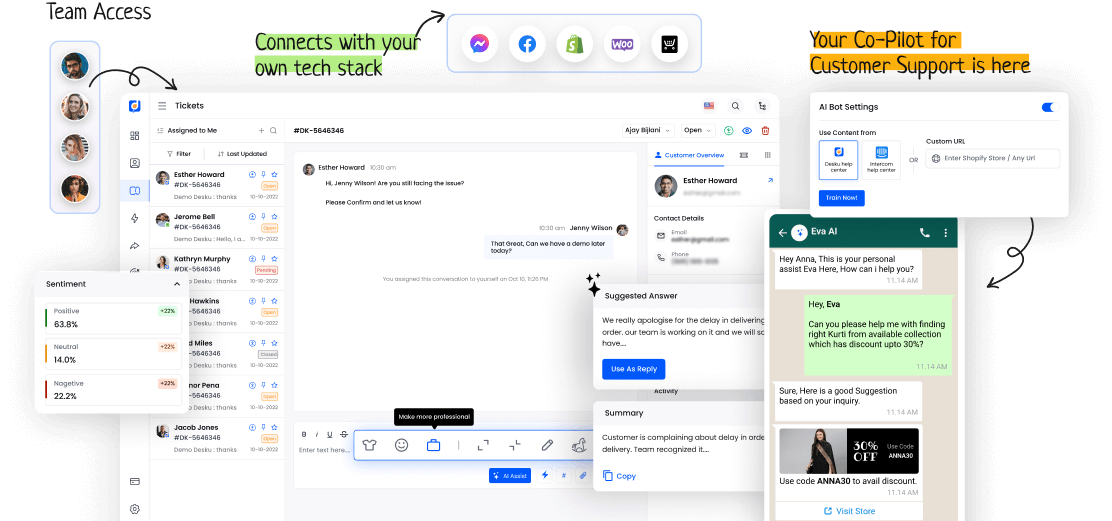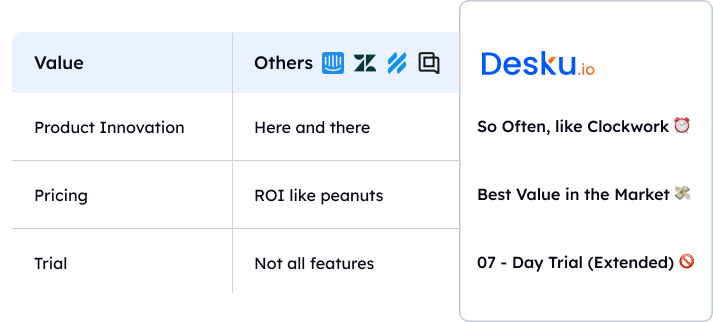In the world of organizational security, a security policy stands as a key tool. But what is it?
A security policy isn't just words on a page. It's about protecting vital assets, staying one step ahead of possible threats, and building a culture that can bounce back.
As we delve into this crucial document, we see a world where clear thinking, careful planning, and constant watchfulness come together to strengthen an organization.
I. Definition of Security Policy
A security policy is a set written rules. These rules describe how an organization protects its information. This includes steps to guard against threats. It sets roles and duties and suggests best ways of action.
A security policy keeps data in an organization safe and accessible. It makes sure both workers and customers are in a secure environment.
II. Importance and Benefits of Security Policy
In today's online world, the value of a good security policy is high. It protects important data and lowers the risk of online threats. It also ensures that rules are followed and builds trust.
Clear rules and plans make organizations stronger against security breaches. They protect the organization's reputation and keep operations running smoothly.
The good points of a strong security policy are key in today's fast-moving tech world.
III. Implementation of Security Policy
Putting a security policy into action is key for the safety of sensitive data and a secure company atmosphere. We need measures like access controls, encryption, and routine audits. Making sure the policy works involves watching for compliance, giving training, and doing risk assessments. A well-done security policy keeps data safe and builds trust with stakeholders.
| Security Steps | Policy Checks |
|---|---|
| Access Controls | Watching Compliance |
| Encryption | Giving Training |
| Routine Audits | Doing Risk Assessments |
| Response Plans for Incidents | Programs for Security Awareness |
| Backups for Data | Testing for Penetration |











